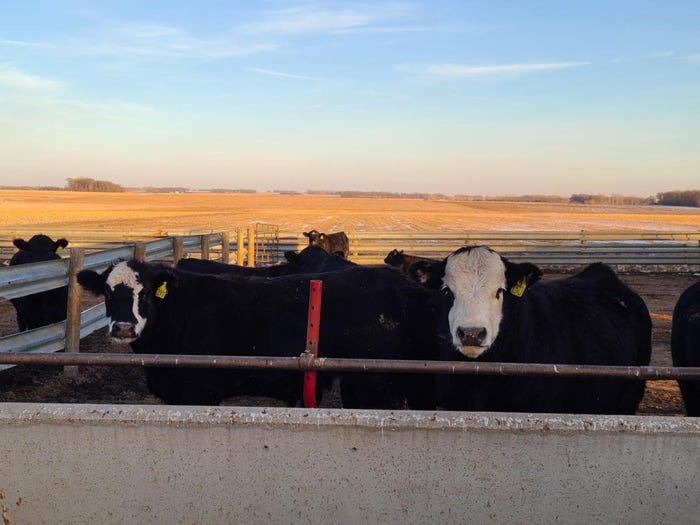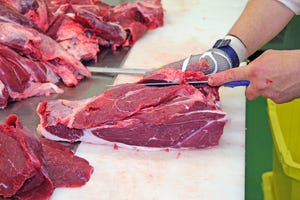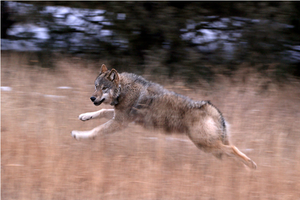Farm Business Management
More Topics
thumbnail
Feedlots
Calculating yardage -- what's included and why it mattersCalculating yardage -- what's included and why it matters
Chris Clark, ISU extension beef specialist, highlights the importance of understanding and accurately calculating yardage.
Subscribe to Our Newsletters
BEEF Magazine is the source for beef production, management and market news.






.png?width=300&auto=webp&quality=80&disable=upscale)
.png?width=300&auto=webp&quality=80&disable=upscale)































